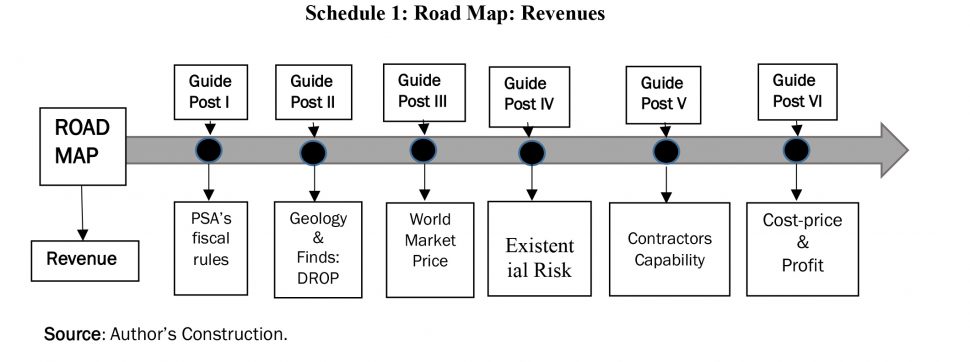Last Sunday’s column concluded my discussion of Guidepost 6. It also provided the indicative unit total cost range for a barrel of oil equivalent (boe) which I shall apply to the estimation of Guyana’s likely petroleum revenues, after cost, for the remainder of the Road Map, going forward. Having fixed this metric, today’s column seeks to wrap-up the discussion on all of Part 1, which focusses on “getting petroleum revenues” in Guyana’s Petroleum Road Map. This discussion will centre on a brief recap of the major conclusions arrived at in the dimension of getting revenues. Recall that Guidepost 6 is the last in this dimension.
For readers’ convenience, it’s useful to re-state at this juncture, the broad intent that lies behind the construction of a Road Map. It is not to produce either a detailed programme or a ‘to do list” of actions. Instead, it is to give strategic focus to a “line of march” with strategic goals in mind. The long series of columns on Guyana’s coming petroleum industry has identified at least four inescapable strategic developmental challenges facing First Oil. Two of these the Road Map attacks head on. These challenges are:1) getting petroleum earnings from sales and revenues for the state 2) spending the revenues effectively 3) ensuring the capability, legality and legitimacy of the Contractors producing petroleum on behalf of the State qua Owner of the resources and 4) operationalising petroleum production and sales, including their governing, regulating, oversight, monitoring and periodic review.



